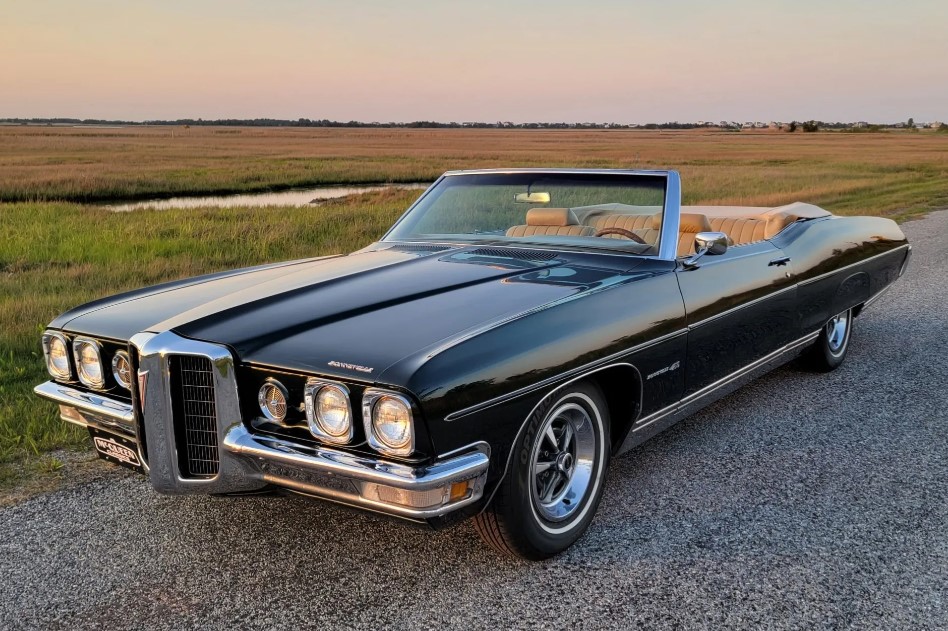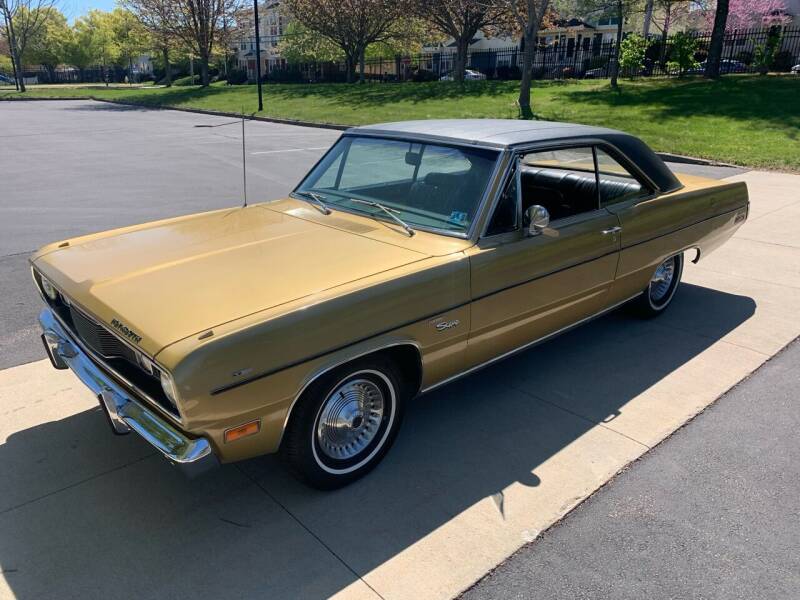In the realm of luxury classic cars, the 1964 Aston Martin DB5 stands as an enduring symbol of British engineering excellence and timeless style. This iconic vehicle, made famous by its association with the James Bond film franchise, has earned a place in the hearts of automotive enthusiasts and film aficionados alike. With its impeccable design, remarkable performance, and a legacy that spans decades, the 1964 Aston Martin DB5 is a classic icon that continues to captivate the imagination of enthusiasts worldwide. In this article, we'll take a journey through
1. Aston Martin: A Brief History
To appreciate the significance of the DB5, it's essential to understand the history of its manufacturer. Aston Martin, a British luxury sports car brand, was founded in 1913 by Lionel Martin and Robert Bamford. The company's name is derived from the Aston Hill Climb racing course and Lionel Martin's surname.
Throughout its history, Aston Martin has been known for producing high-quality, handcrafted sports cars characterized by elegance and performance. The company has had its share of financial challenges, but its commitment to automotive excellence has never wavered.
2. The DB Series
The "DB" moniker in Aston Martin's lineup pays homage to David Brown, an industrialist who purchased the company in 1947. Brown's vision was to create a range of luxury sports cars that combined performance and style. Under his leadership, Aston Martin began producing the DB series, starting with the DB1 in 1948.
Each DB model built upon the success of its predecessor, culminating in the release of the DB5 in 1963. The DB5 is the most famous of the series, thanks in large part to its association with the James Bond film franchise.
3. Design and Styling
The 1964 Aston Martin DB5's design was an evolution of the preceding DB4, which was penned by Italian designer Carrozzeria Touring. The DB5 retained the elegant, flowing lines of the DB4 but introduced a number of refinements and improvements.
The car's aluminum body was handcrafted using the Superleggera construction technique, which involved a lightweight tubular frame wrapped in aluminum panels. This method, patented by Carrozzeria Touring, allowed for a lighter and more rigid structure, contributing to the car's performance and handling.
The DB5's front end featured a distinctive grille, with a wide, low-slung design that conveyed an aggressive yet refined appearance. The car's headlights were housed in chrome bezels, adding a touch of sophistication.
One of the most notable design changes from the DB4 was the introduction of the iconic side strakes, or air vents, behind the front wheels. These functional vents helped to cool the brakes and became a signature design element of the DB5.
The car's rear end was characterized by its Kammback tail, a design that not only enhanced the car's aerodynamics but also added to its visual appeal. The taillights were housed in chrome surrounds, echoing the look of the headlights.
The DB5's interior was a testament to British craftsmanship, with hand-stitched leather upholstery, polished wood veneer, and a comprehensive array of gauges and controls. The overall effect was one of luxury and refinement, befitting a car of the DB5's caliber.
4. Engineering and Performance
Under the hood, the 1964 Aston Martin DB5 was powered by a 4.0-liter, DOHC inline-six engine, designed by Tadek Marek, a Polish engineer who had joined the company in 1954. This engine produced 282 horsepower and 280 lb-ft of torque, providing brisk acceleration and a top speed of approximately 145 mph.
The DB5 was available with a choice of two transmissions: a five-speed manual gearbox, manufactured by ZF, or a three-speed automatic transmission, produced by BorgWarner. These options allowed buyers to tailor the car's performance to their preferences.
The DB5 featured a fully independent suspension system, with coil springs and telescopic dampers at the front and rear. This setup provided a balance between ride comfort and handling prowess, making the car enjoyable to drive on both winding roads and long journeys.
The car's braking system consisted of Girling disc brakes at all four corners, providing ample stopping power. This was a relatively new technology at the time, and its inclusion on the DB5 demonstrated Aston Martin's commitment to performance and safety.
5. The James Bond Connection
The 1964 Aston Martin DB5 is perhaps best known for its association with the James Bond film franchise, beginning with the 1964 film "Goldfinger." The DB5, driven by Sean Connery's James Bond, was equipped with an array of gadgets and weaponry, including machine guns, an ejector seat, and rotating license plates.
The DB5's appearance in "Goldfinger" cemented its status as a cultural icon and established a long-standing relationship between Aston Martin and the James Bond films. The car has since appeared in several other Bond films, including "Thunderball," "GoldenEye," "Tomorrow Never Dies," "Casino Royale," "Skyfall," and "Spectre." This connection has made the DB5 one of the most recognizable and celebrated cars in cinema history.
6. Limited Production and Rarity
Between 1963 and 1965, Aston Martin produced just over 1,000 units of the DB5, making it a relatively rare vehicle. The car's limited production run, combined with its association with James Bond and its overall appeal, has made the DB5 highly sought after by collectors.
In addition to the standard DB5, Aston Martin also produced a small number of DB5 Vantage models, which featured an upgraded engine with three Weber carburetors, increasing power output to 325 horsepower. Furthermore, the company manufactured 123 convertible DB5s, known as the DB5 Volante, and 12 shooting brake (estate) versions, further adding to the car's rarity and desirability.
7. Legacy and Influence
The 1964 Aston Martin DB5 has left an indelible mark on automotive history. Its combination of elegant design, performance, and luxurious appointments set a standard for grand touring cars that remains relevant to this day. The DB5's association with the James Bond films has ensured its place in popular culture and cemented its status as an automotive icon.
The influence of the DB5 can be seen in subsequent Aston Martin models, as the company has continued to build upon the design and engineering principles established by the DB series. Modern Aston Martins, such as the DB9, DBS, and DB11, pay homage to the DB5 with their styling cues and commitment to blending performance with luxury.
The 1964 Aston Martin DB5 represents a high point in the history of British automotive engineering and design. As a grand tourer that combined style, performance, and refinement, it captured the imagination of car enthusiasts and the general public alike. Its starring role in the James Bond films has immortalized the DB5 as a symbol of elegance and sophistication, ensuring its place in the annals of automotive history.
Today, the DB5 remains a prized possession for collectors and a testament to the enduring appeal of the cars produced during the golden age of the British sports car industry. With its timeless design, impressive performance, and luxurious appointments, the 1964 Aston Martin DB5 truly stands as an icon of automotive excellence.


